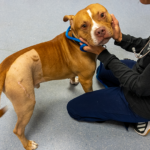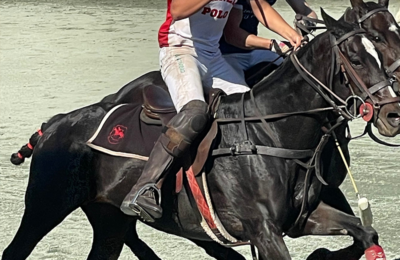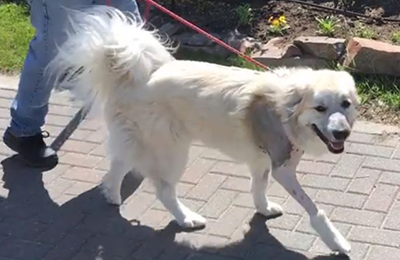As longtime Arthrex employees, Manager – National Sales Optimization Scott Scherick and HCP Engagement and Communications Lead Kate Scherick used to joke that at some point, one of them would need Arthrex products due to injury or age. But they never imagined it would end up being their beloved dog Jackson, or Jax.
“I was walking Jax in our neighborhood and he walked over an in-ground electrical box with a loose cover and his leg fell through,” Kate said. “He jumped out, but started limping and I knew something was wrong.”

Hoping it was just a pulled muscle, the Schericks gave it a few days, but Jackson’s limp didn’t improve, so Scott reached out to the Arthrex Vet Systems team for advice.
“I sent a video to Vet Sales Representative Doug Tollett, who happened to be attending a vet medical education course at Arthrex global headquarters here in Naples,” Scott said.
Doug shared the video with Miami-based veterinarian Randy Dominguez, DVM, who also works out of the Concierge Veterinary Hospital in Naples and specializes in orthopedic surgery. He immediately knew Jackson had torn his cranial cruciate ligament (CCL) – the canine equivalent of a human ACL.
Dr. Dominguez was able to get Jackson into surgery right away, using the Arthrex TPLO Locking Plate System.
“Jackson had a full tear with mild to moderate arthritis in the joint at the time of his surgery,” said Dr. Dominguez, who always begins with a thorough arthroscopic evaluation of the dog’s injury.

TPLO stands for tibial plateau leveling osteotomy, a surgical procedure that aims to decrease the steep tibial plateau angle on a dog’s stifle (or knee joint). That angle is typically about 25-30 degrees in dogs, which is much higher than in people. Because of that angle, the pressure on the stifle can cause instability. The surgeon measures the angle of the dog’s stifle, and then uses a specialty saw to cut through the tibia, so the tibia can be rotated to the desired tibial plateau, usually between 0-5 degrees. A second pin is then inserted to stabilize the slope and allow the surgeon to anchor a tibial plate in place with bone screws, so the pins can then be removed.
“This is definitely the best option for injuries like this,” Dr. Dominguez explained. “The surgery outcome was excellent and Jackson’s prognosis is good to excellent, as well.”
At 14 years old, the Schericks were worried about how well Jackson would fare in surgery, but they trusted Arthrex products, Dr. Dominguez and the process. And they knew it was essential for Jackson to continue to live a comfortable life.

“Our dogs are our kids and we just lost our other dog, Brooklyn, last year. Before I married Scott, it was just Jax and me living together at one point, so we have quite a bond. He’s a momma’s boy and is so special to me,” Kate said.
Scott and Kate were able to handle his rehab and postoperative care mostly at home. Within about two months, Jackson was back on his feet and had returned to normal activity.
“We like to say he went from crate to great,” Scott said.
And for this family, it’s one more reason they can be Arthrex Proud.
“We’re just so thankful that the Arthrex Vet Systems team was there for us and helped make this process as easy as possible,” Scott said.






